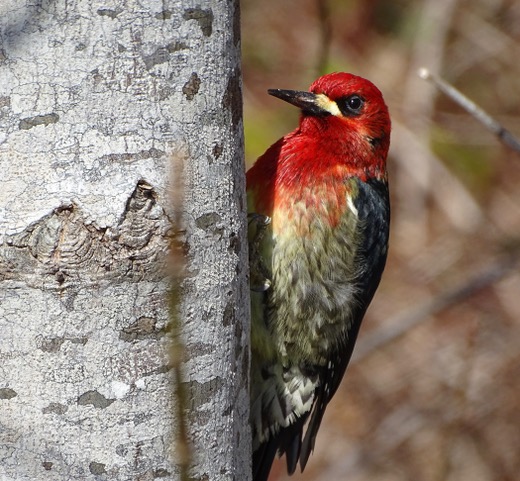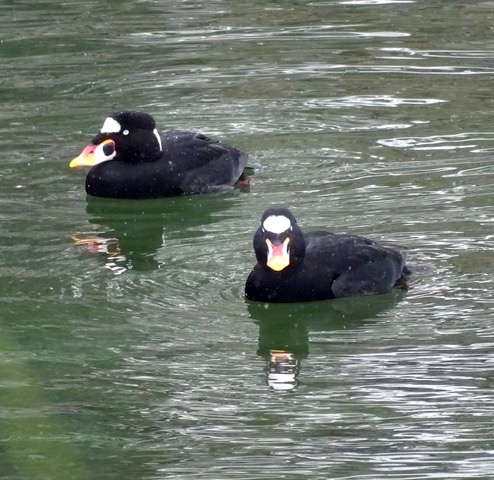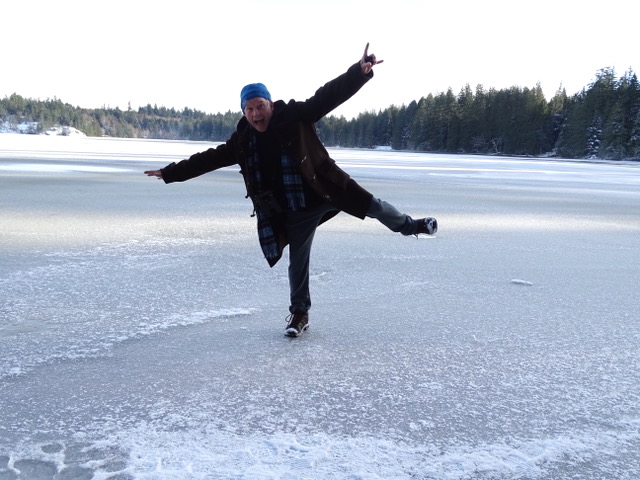The results are finally in from the annual Christmas Bird Count (CBC) held on Cortes Island on Jan. 5.
Despite the unseasonably cold weather, 29 people noted observations in the field or at their home bird feeder, collectively recording 2,963 individuals of 70 various species. Island resident George Sirk, whose naturalist-guide work has taken him Papua New Guinea to Greenland, said these numbers are right on the mark with the 21-year average.
The surf scoter was the most numerous overall with 1096 individuals, and the most common land-based bird was the dark-eyed junco, with 188 individual birds.
The count, a global day of citizen science, is overseen by the Audubon Society in the United States, and the Cortes Museum has been coordinating it locally for two decades.
Besides the main count day, people can report rare bird sightings in what's called the "count week" surrounding the officially designated 24-hour event. This year, these sightings included a snow goose, a flock of Bohemian waxwings, and a rough-legged hawk, among others.
The next museum-sponsored birdwatching event is the Spring Bird Count sometime in May—watch for announcements in the Tideline.
Listen below to an interview with George Sirk on the details of the count and why Cortes Island is so important to seabirds:






